The Price Center Theater is transporting us to a land “Far Far Away” with three screenings of “Shrek” this month. The original “Shrek” film was shown on April 3, and “Shrek 2” was shown on April 10. The final screening of the Shrek saga — “Shrek the Third” — is this Thursday, April 17. Released in 2001, “Shrek” received widespread acclaim for its biting humor and impressive computer animation. Known today for its numerous memes, iconic soundtrack, and ensemble cast, “Shrek” has been propelled from a tongue-in-cheek fairy-tale comedy about an ogre to a prominent cultural phenomenon.
I am a self-proclaimed Shrek superfan. I’ve seen every movie from the franchise multiple times, I’ve attended a Shrek-themed rave, and I even own a Shrek grilled cheese maker. The franchise is genuinely funny, and it’s amusing to see people rally around a green ogre. However, after seeing a beautiful, dramatized edit of “Shrek” to “Mia and Sebastian’s Theme” from the “La La Land” soundtrack on TikTok, I was inspired to view the films from a more serious, reflective lens. Luckily, the Price Center Theater’s screenings of the “Shrek” films lent the perfect opportunity for this mission of reflection. What I found was that, beyond the memes, “Shrek” is a genuinely meaningful and touching story that emphasizes how everyone is deserving of love.
The original “Shrek” film follows a green, anti-social ogre who lives in isolation in his swamp. Shrek’s life is peaceful and idyllic; he lives a comfortable, solitary life, scaring off visitors and all other life forms. However, this peace is interrupted after he accidentally saves Donkey, a talking fairy-tale creature who was sold to Lord Farquaad in the tyrannical ruler’s mission to beautify his kingdom of Duloc. Other fairy-tale creatures exiled by Lord Farquaad also eventually seek refuge in Shrek’s swamp. Fed up with the intrusions, Shrek visits Lord Farquaad in Duloc and demands that he move the creatures elsewhere. With the company of Donkey, Shrek embarks on a journey wherein he is forced to break down his defensive walls and confront what it means to love and be loved.
“Shrek” also presents complex themes and commentary that transcend its marketing as a children’s movie. Lord Farquaad’s regime, for example, is deeply dystopian. He engages in the systematic purging of fairy-tale creatures for their “unnaturalness” to maintain a perfect kingdom inhabited only by “normal” human people. He strives to maintain rigid control over Duloc by eliminating anything that doesn’t conform to his narrow ideals of purity, order, and beauty. Lord Farquaad sanitizes Duloc into a sterile, hyper-regulated, “perfect” world, a metaphor for eliminating cultural differences to create a unified and controlled ideal. This obsession with visual and cultural perfection mirrors how fascist regimes attempt to craft utopian societies, only maintaining power by erasing anything that they deem impure or “other.” The banishing of fairy-tale creatures is a metaphor for the suppression of the marginalized and nonconforming in society. His control over Duloc also relies on a system of state violence and displacement as the “undesirable” fairy-tale creatures are forced from their homes and moved to Shrek’s swamp by Lord Farquaad’s soldier police force.
Shrek himself stands as a symbol of the marginalized. He is feared and stereotyped for his ogre identity and pushed to the margins of society to live in isolation despite doing nothing explicitly wrong. As a result, Shrek is forced to internalize this hatred and hide behind a facade of toughness to survive. In one scene, Shrek vocalizes this internalization of fear and rejection to Donkey and says, “It’s the world that seems to have a problem with me. People take one look at me and go, ‘Help! Run! A big, stupid, ugly ogre!’ They judge me before they even know me. That’s why I’m better off alone.” This moment reframes Shrek’s aggression and solitude not as malice and personal preference but as protection from a world that has long excluded him.
Alongside these sociopolitical themes, “Shrek” also explores healthy models of vulnerability and masculinity through Shrek and Donkey’s friendship, which is rare in our media landscape. Shrek is initially resistant to Donkey’s attempts at connection, retreating behind the walls he built up to protect himself. However, as Shrek and Donkey spend more time together, Shrek’s walls eventually wear down, and he starts to open up emotionally. Their friendship isn’t one-sided, as Shrek learns how to respect and rely on Donkey, and by the end of the film, he genuinely values Donkey’s companionship. The two even show physical and verbal affection without insecurity. Donkey’s affection is more upfront, as he often sings to Shrek and isn’t afraid to be physically close. Shrek takes a bit longer to come around but eventually reciprocates by inviting Donkey back into the swamp, despite it being his precious, private space. Shrek and Donkey’s relationship is certainly humorous, but it is also deeply emotional and caring, with neither hiding their feelings behind a facade of masculine bravado.
Ultimately, “Shrek” is a film that challenges societal expectations — about beauty, belonging, masculinity, and power — through the lens of fairy-tale absurdity. Underneath the Smash Mouth needle drops and bathroom humor is a story about learning to love yourself when the world tells you you’re unworthy and building community with those who see your value even when you can’t. Ogres are like onions, and this one’s got layers.



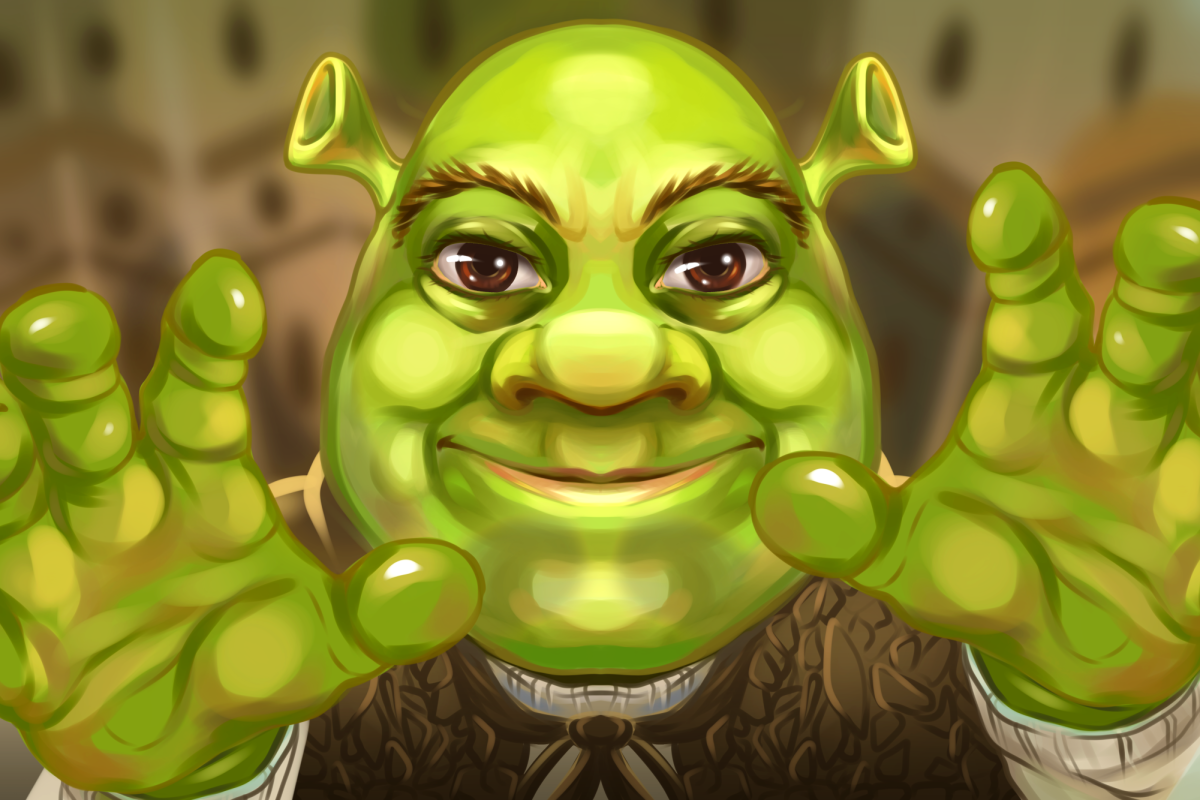

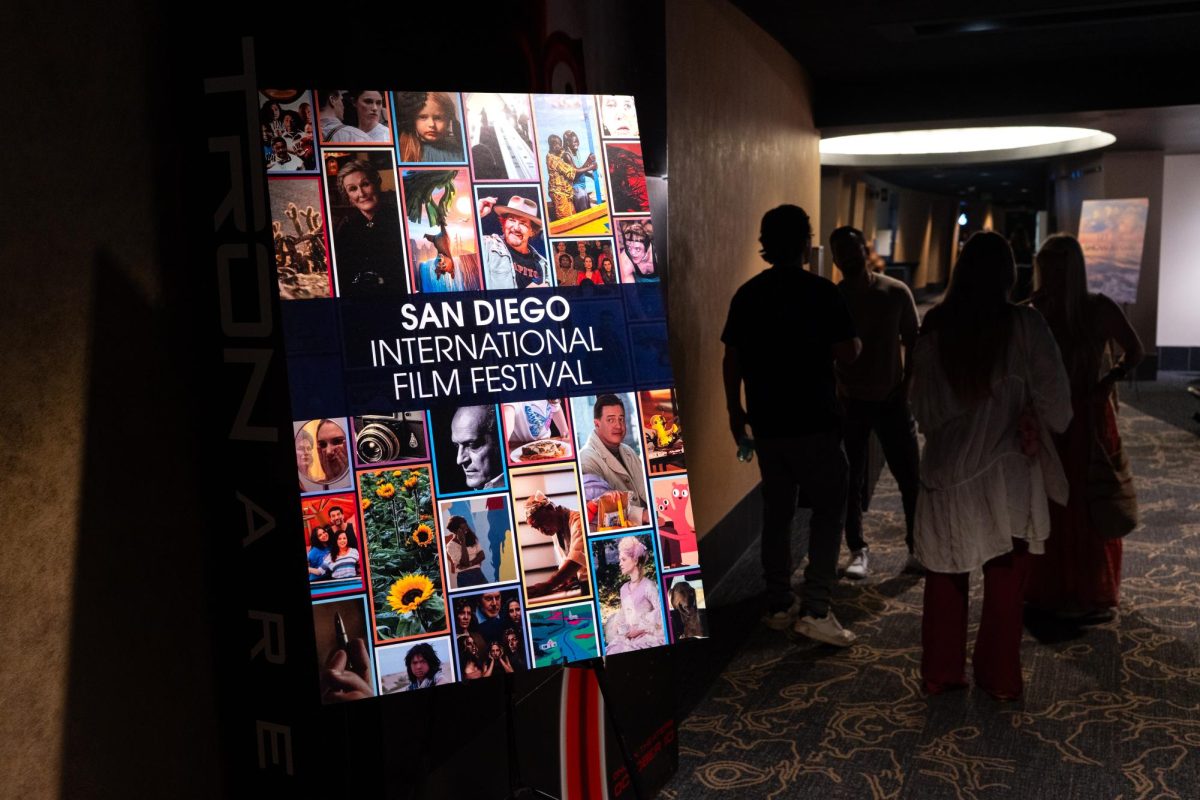
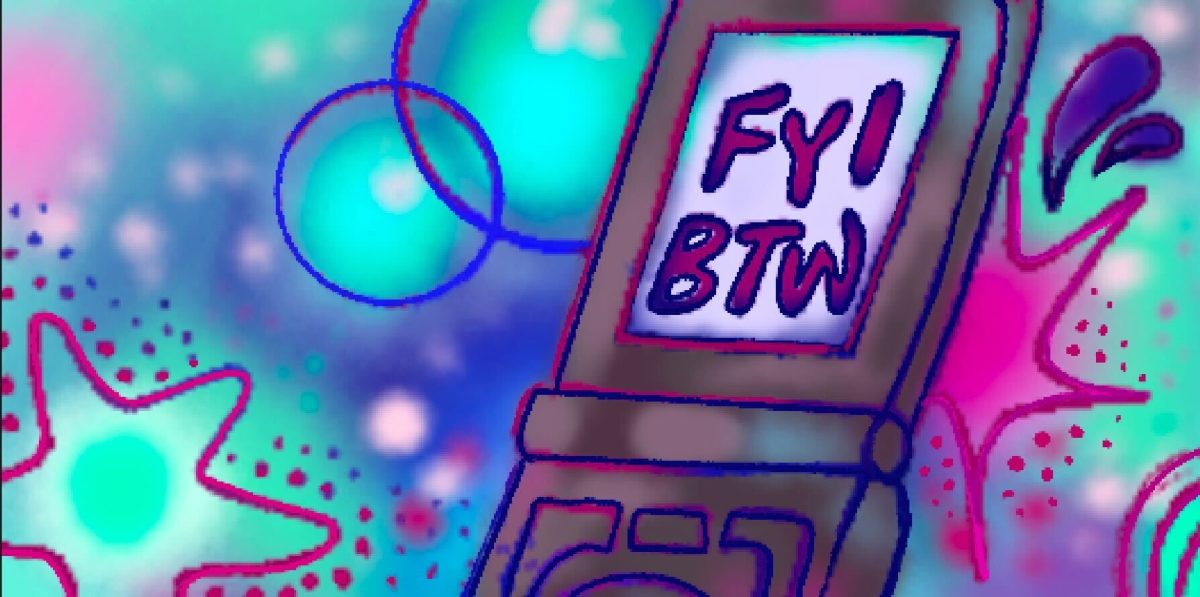
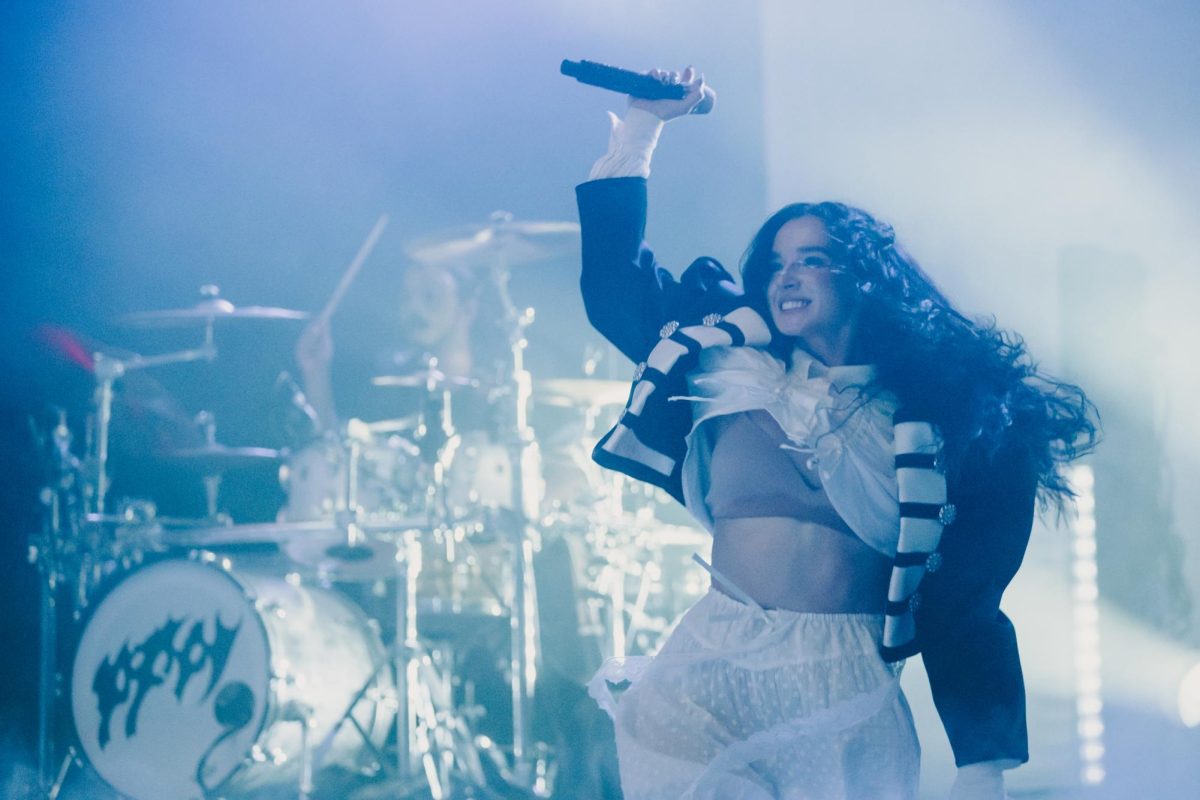
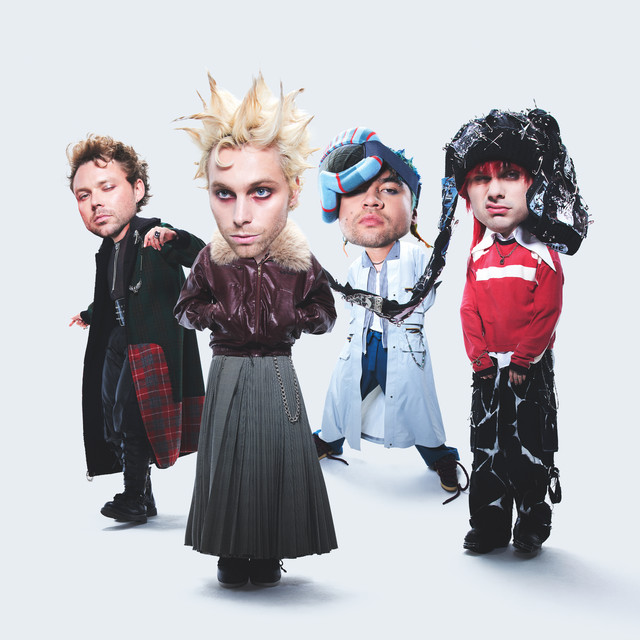


Victoria Tran • May 2, 2025 at 7:50 pm
Shrek is my favorite film as well. I love this analysis of it!
Phuong Nguyen • Apr 17, 2025 at 7:58 am
Beautifully written. Thank you.